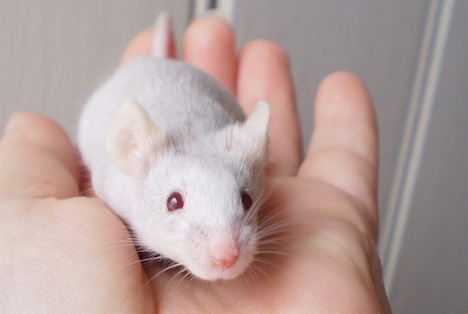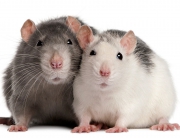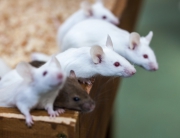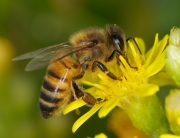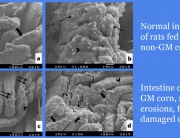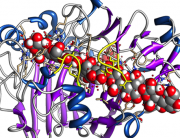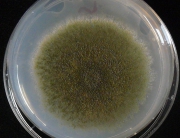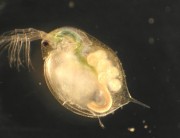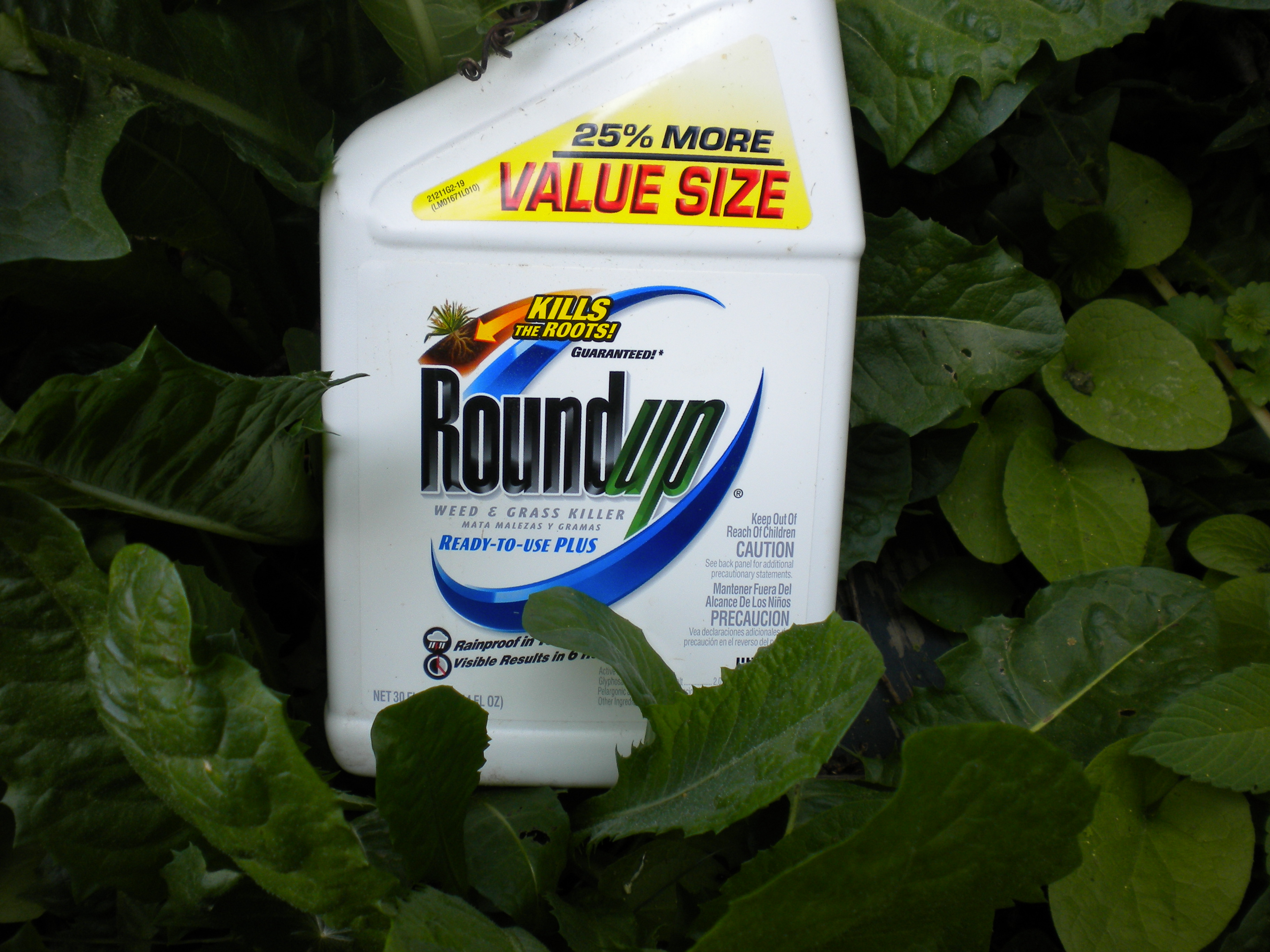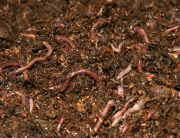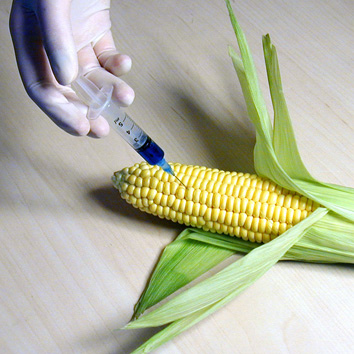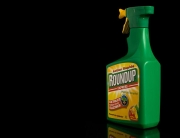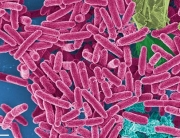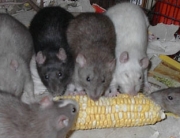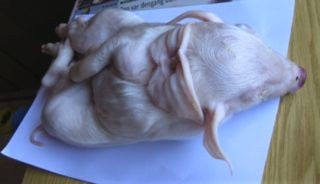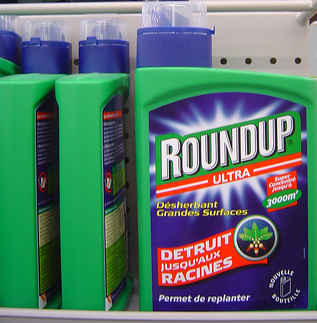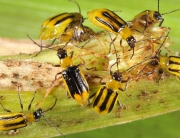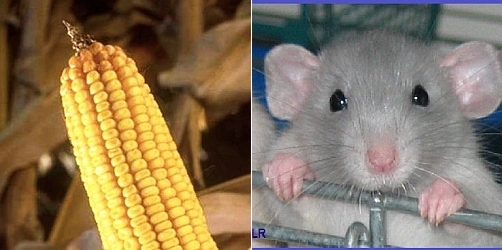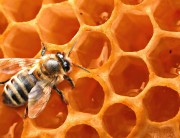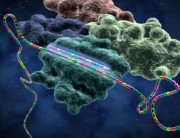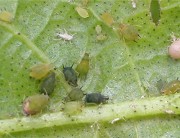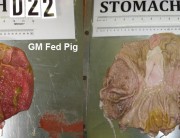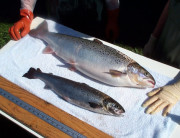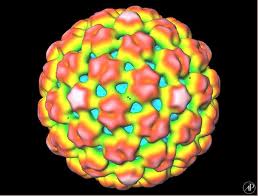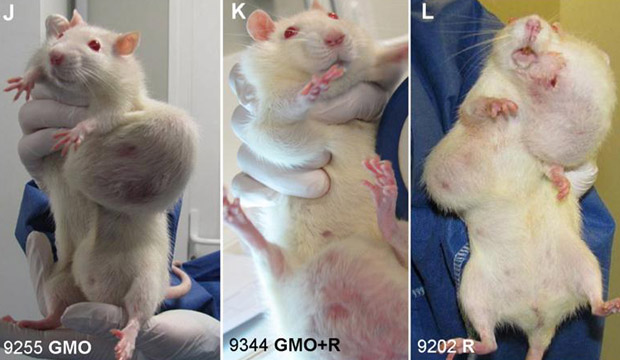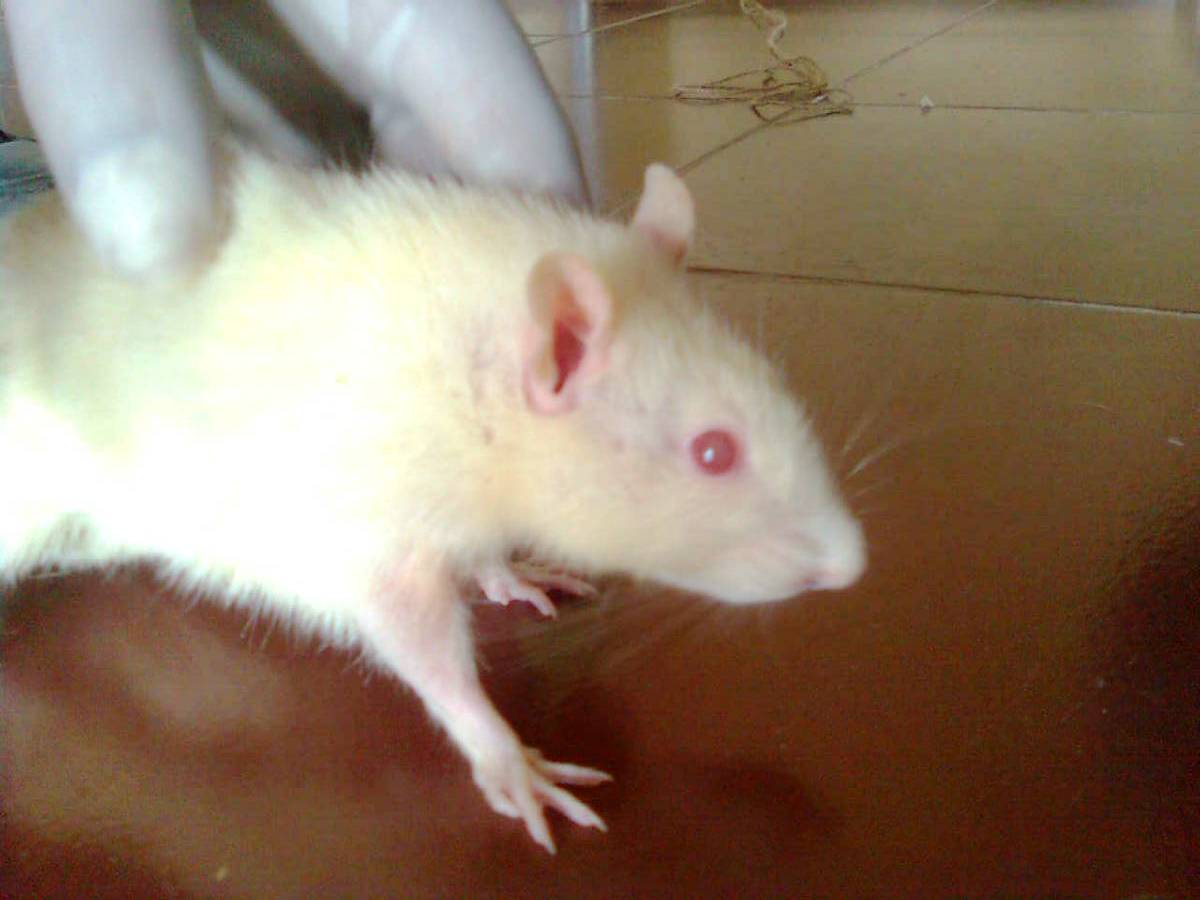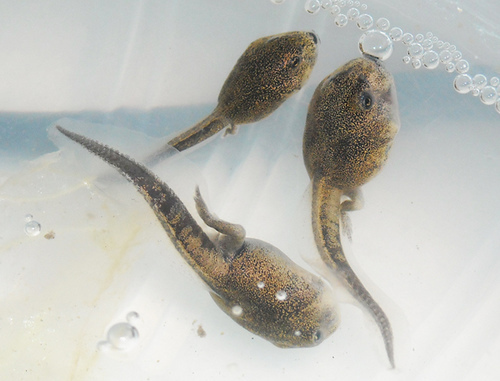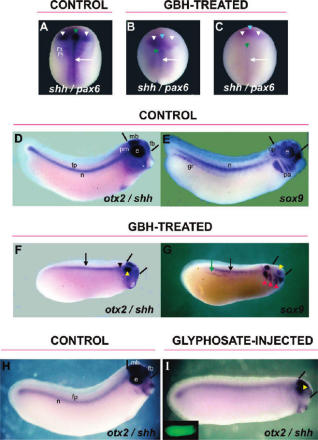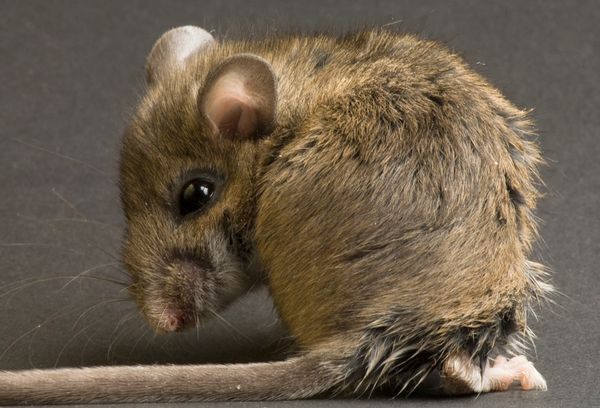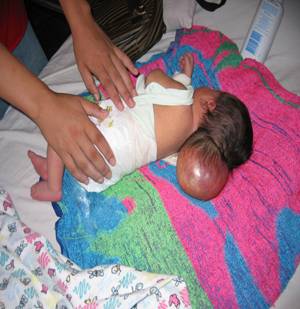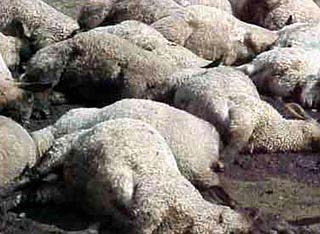This study explores the toxicity of Bt proteins in mammals. The study shows that the Bt toxins Cry1Aa, Cry1Ab, Cry1Ac or Cry2A have toxic effects in the blood of mice.
The Full Paper: Click Here
Authors
Bélin Poletto Mezzomo, Ana Luisa Miranda-Vilela, Ingrid de Souza Freire, Lilian Carla Pereira Barbosa, Flávia Arruda Portilho, Zulmira Guerrero Marques Lacava and Cesar Koppe Grisolia
Abstract
Formulated and sporulated cultures of Bacillus thuringiensis (Bt) have been widely used against insect pests, but after the advent of genetically modified plants expressing δ-endotoxins, the bioavailability of Cry proteins has been increased. For biosafety reasons their adverse effects should be studied, mainly for non-target organisms. Thus, we evaluated, in Swiss albino mice, the hematotoxicity and genotoxicity of four Bt spore-crystals genetically modified to express individually Cry1Aa, Cry1Ab, Cry1Ac or Cry2A, administered alone by gavage with a single dose of 27 mg/ Kg, 136 mg/Kg or 270 mg/Kg, 24 h, 72 h or 7 days before euthanasia. Binary combinations of these four spore-crystal proteins were also assayed at 270 mg/Kg with a single administration 24 h before euthanasia. Control mice received filtered water or cyclophosphamide at 27 mg/kg. For hematotoxicity evaluations, blood samples were drawn by cardiac puncture and processed in a multiple automated hematology analyzer; for genotoxicity analyses, micronucleus test was carried out in mice bone marrow cells. Spore-crystal administrations provoked selective hematotoxicity for the 3 exposure times, particularly for erythroid lineage. A significant reduction in bone marrow cell proliferation demonstrated cytotoxic but not genotoxic effects. These effects persisted for all exposure times, becoming more evident at 7 days. Similar results were observed for binary combinations at 24 h, suggesting that further studies are required to clarify the mechanism involved in the hematotoxicity found in mice, and to establish the toxicological risks to non-target organisms, especially mammals, before concluding that these microbiological control agents are safe for mammals.





